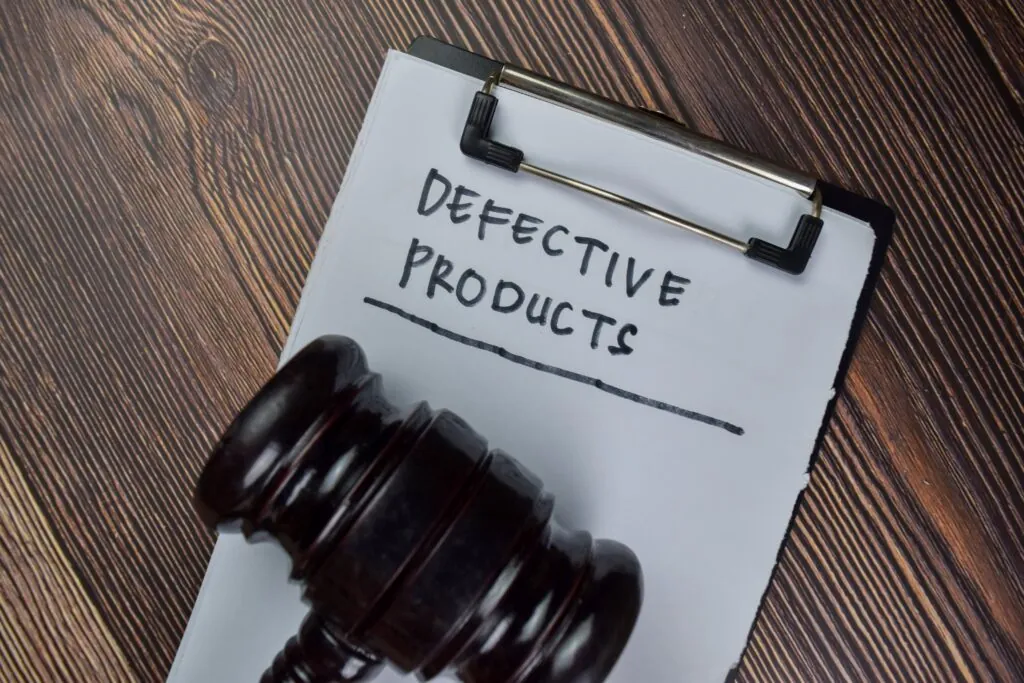Raleigh, NC: (919) 277-9299

Parents can file lawsuits when dangerous toys harm their children, potentially holding the designers, manufacturers, marketers, or retailers accountable for their roles. Some products designed to entertain kids are faulty, and end users often don’t discover the defect until after someone is hurt. Injuries from consumer goods fall under the product liability umbrella, which allows individuals to sue for defective products, including unsafe toys.
An advocate who understands product liability laws is an essential resource for parents pursuing a lawsuit for their child’s injuries. Speak to Bell Legal Group’s defective product attorneys for help. We’ll walk you through filing a dangerous toy lawsuit against all parties responsible for your child’s harm.
What Is a Dangerous Toy?
Legally speaking, toys are considered dangerous when a design flaw, manufacturing error, or other defect poses a significant risk of injury or harm to the user. An investigation into the cause of an injury is required to determine whether the toy’s unreasonably dangerous nature led to the child’s harm.
Examples of Injuries From Dangerous Toys
If you’re hesitant to take legal action because you think your child’s injury was a one-off situation, think again. The US Consumer Product Safety Commission report estimates 1.8 million toy-related injuries were treated from 2016 to 2023, an average of 226,300 injuries per year. While many parents provide children toys to prevent them from playing with unsafe objects, some toys aren’t as harmless as they are marketed. Children visit emergency rooms each year for toy-related injuries, including:
- Choking or suffocation from small parts
- Wounds from sharp edges
- Burns from overheating or leaking batteries
- Falls from riding on suspended toys
- Poisoning from toxic chemicals
This isn’t an exhaustive list, but these examples highlight the seriousness of unsafe toys. Reporting the issue and filing a dangerous toy lawsuit can help increase transparency of this problem and get you and your family the resources necessary to recover.
What To Do After a Toy-Related Injury
After a toy injures a child, seeking medical care should be your top priority. Once the child’s care is covered, you may consider taking legal action against the party responsible. Remembering these tips can guide your next steps to protect your interests:
- Collect medical records, including documentation of the injury, potential causes, and the current care plan.
- Document the injury and event in writing and in pictures to substantiate the extent of the harm and the product’s condition.
- Preserve the toy so it may be analyzed by a defective toy lawyer or their team of investigators.
- After the injury, report the product to consumer agencies.
- Retain the packaging, instructions, and receipts (if available).
- Gather evidence of out-of-pocket expenses related to the injury, such as medical bills or medications.
How To Prove a Defective Toy Product Liability Claim
Proving product liability claims for toys or any item requires demonstrating the item was defective, that the defect caused an injury, and that the product was used as intended. The court also needs to know which entity was responsible for the defect. A products liability lawyer has the resources to investigate a flaw to determine whether the design, manufacturing, or marketing is liable for the dangerous children’s product.
Who May Be Liable for Defective Toy Injuries?
Anyone in the distribution chain, including the manufacturer, designer, and retailer, may be liable for defective products and toys. Product liability laws require designers, manufacturers, or retailers to protect consumers from unnecessary harm, and when they fail, they may be named in product liability lawsuits. The following are some examples of how these parties may be liable for defective products:
- Design: If a flaw in the toy’s design, such as a poor material choice, causes harm, the toy designer may be liable.
- Manufacturing: When a production facility fails to follow quality control processes or produces a toy out of specification, it may be held accountable for the resulting harm.
- Marketing: An entity that releases a toy to the public without adequate safety warnings, instructions, or age recommendations may be liable for harm to misinformed users.
- Selling: When a retailer or distributor is negligent in its handling, selling, or advertising of a toy, the entity may be at fault for injuries.
The Logistics of Lawsuits Involving Children
Designers, manufacturers, and retailers should be held accountable when faulty products harm anyone, including children. Lawsuits with minor plaintiffs can introduce extra challenges. A parent or guardian typically will file a toy lawsuit on behalf of the injured child.
Time limits to file claims for cases involving minors vary, and determining deadlines can be difficult without the advice of an attorney. Early action is recommended to preserve evidence while the incident is recent and to take action before other children experience similar harm.
While not every situation qualifies for a lawsuit, attorneys for defective products can confirm your eligibility and help you consider legal action. If an unsafe or faulty toy harmed your child, contact Bell Legal Group. We want to hear your story and help you hold all negligent parties accountable.
